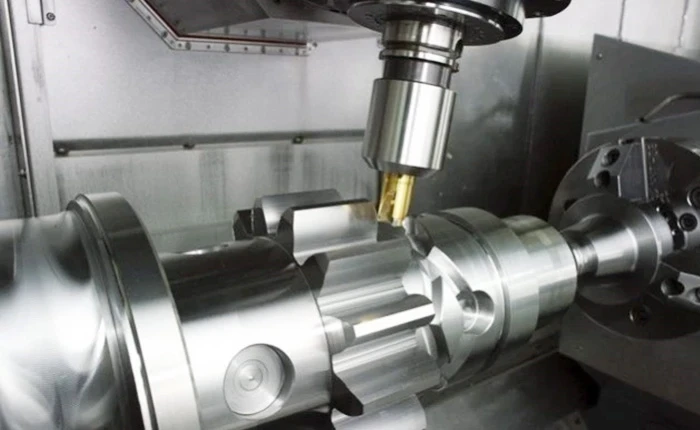Oct . 05, 2024 14:49 Back to list
plug ring gauge
Understanding Plug Ring Gauges Their Design, Function, and Applications
When it comes to precise measurement in manufacturing and engineering processes, plug ring gauges are invaluable tools. Stringently designed for the purpose of ensuring that specific components meet exact dimensional tolerances, these gauges play an essential role in quality control and standardization across various industries.
What are Plug Ring Gauges?
Plug ring gauges are measuring instruments used to check the functional accuracy of holes or the internal dimensions of cylindrical parts. These gauges come in two primary forms plug gauges, which are used to measure the size of a hole, and ring gauges, which check the external diameters of cylindrical objects. Often made from hardened steel, these gauges provide a reliable means to determine whether a part meets specified criteria.
Design Features
The design of plug ring gauges is inherently functional. The gauges are produced with extreme precision; this requires sophisticated manufacturing techniques to achieve tolerance specifications. A typical plug gauge comprises a handle with a tapered end or a cylindrical shape, allowing for easy insertion into a hole. The ring gauge, on the other hand, is designed to fit around the external aspect of a part. Both types of gauges are often engraved with specific measurements, indicating the size they are calibrated for.
One crucial aspect of their design is the utilization of go/no-go measurement principles. A go gauge indicates that a part fits within acceptable tolerances, while a no-go gauge indicates that the part is out of specification. This binary check allows for quick and efficient assessment, significantly reducing the potential for human error involved in manual measurement.
Functionality and Accuracy
plug ring gauge

The primary function of plug ring gauges is to ensure the accuracy of component dimensions. In a manufacturing environment, maintaining accurate dimensions is critical for the interoperability of parts. For example, automotive components must fit together seamlessly; any deviation can lead to failures in assembly or even malfunction during operation.
The accuracy of plug ring gauges is paramount. These gauges are engineered to provide measurements that meet international standards, such as ISO or ASME. Manufacturers often subject them to rigorous calibration to maintain their precision over time. The use of high-grade materials enhances their durability, allowing them to withstand wear and tear from repeated use.
Applications Across Industries
Plug ring gauges find applications in various fields, including automotive, aerospace, and manufacturing. In the automotive industry, they are essential for quality control processes, ensuring that engine components are manufactured within specified tolerances. Similarly, in the aerospace sector, where safety and performance are critical, high-precision measurements are non-negotiable. Even in sectors like electronics, where miniature components require precise dimensions, plug ring gauges ensure that parts are crafted to functional specifications.
Manufacturers who employ plug ring gauges not only enhance the quality of their products but also streamline their operations. By integrating these gauges into their measurement protocols, companies can minimize wastage and reduce costs associated with rework or scrap parts.
Conclusion
In conclusion, plug ring gauges are fundamental tools in modern manufacturing and engineering. Their precise design and functionality help ensure that components are produced within stringent tolerances, ultimately affecting the reliability and safety of the final products. As industries continue to evolve, the demand for high-quality, precision measurement tools like plug ring gauges will only increase, highlighting their importance in the global supply chain. The application of such gauges underscores the value of accuracy in achieving operational excellence and maintaining competitiveness in an ever-changing marketplace.
-
Why Metric Trapezoidal Thread is Ideal for Precision Motion ControlNewsAug.05,2025
-
The Unique Properties of a Block of Granite for Industrial UseNewsAug.05,2025
-
The Role of Flanged Y Strainers in Preventing Pipeline ClogsNewsAug.05,2025
-
The Importance of Regular Calibration for Master Ring GagesNewsAug.05,2025
-
How a Cast Iron Surface Table Enhances Accuracy in ManufacturingNewsAug.05,2025
-
Comparing Different Check Valve Types for Optimal Flow ControlNewsAug.05,2025
Related PRODUCTS









